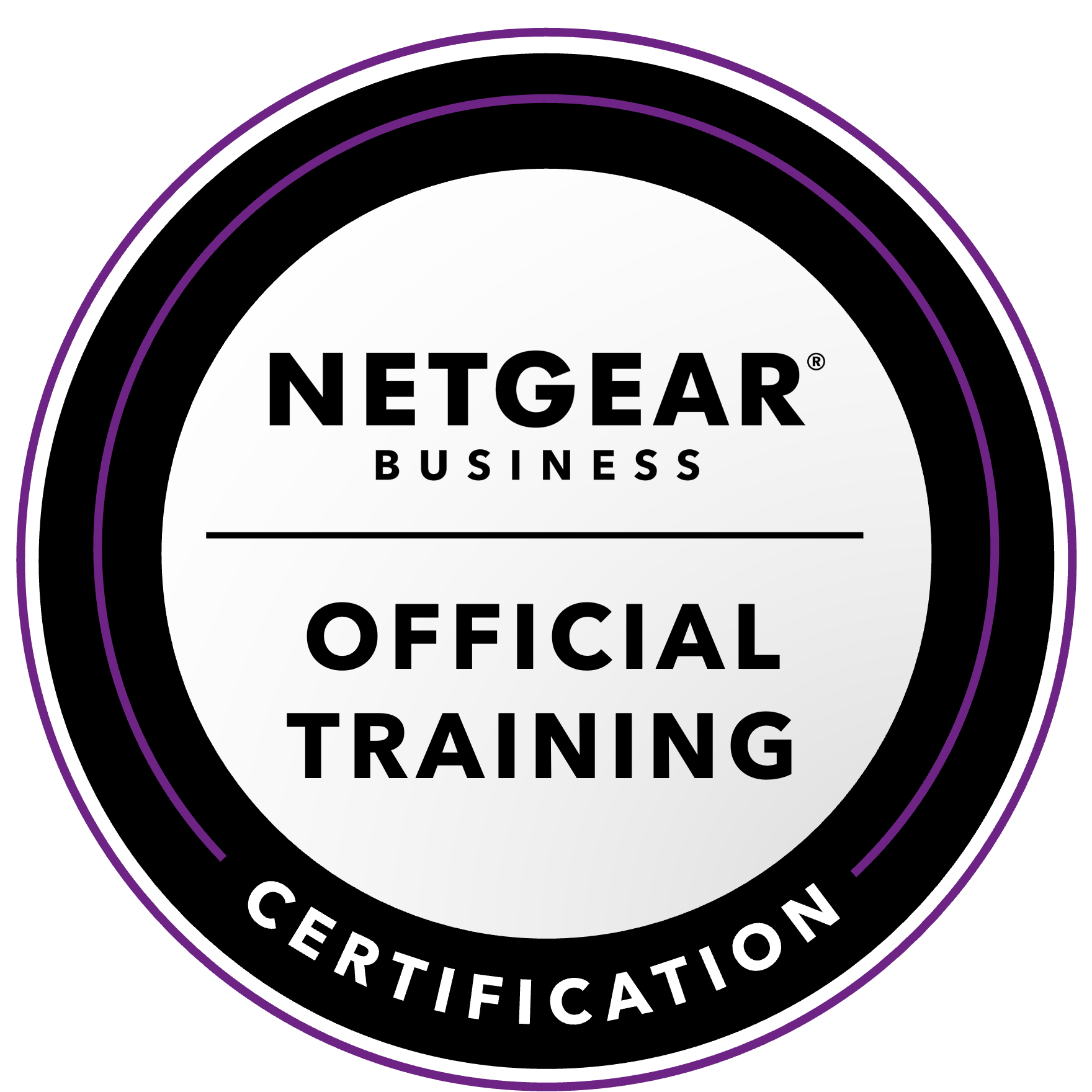NETGEAR is aware of a growing number of phone and online scams. To learn how to stay safe click here.
Forum Discussion
1611kjb
Jun 12, 2016Aspirant
Replacing a drive that is about to go bad.
So, right now I have 4 drives in a flexraid configuration. Two 4TB drives and two 3TB drives. The system is telling me drive 4 is having too many uncorrectable errors and it's about to go bad. So I need to replace it before it goes. The obvious possibilities are just put in a new 3TB drive, put in a new 4 TB drive or put in two 4TB drives replacing both 3TB drives. Which of those three options provides the cheapest fix, maximum storage area, etc. My current setup gives me 9.04TB of storage with single redundancy. If I add one 4 TB drive will I gain any space or will it just use 3 TB and leave the other 1 TB unused? If I replace the two 3 TB drives with 2 4 TB drives, how much more storage will I gain? The 3 TB drives are from an old NAS that came with two Seagate Barracude drives which I undrstand are suceptible to failure (although they have been running for more than 3 years now), so I have some leaning toward just replacing them both with 4 TB drives before the inevitable happens, but that's a big chunk out of my budget. Obviously the cheapest is to just replace the 3 TB drive, but I figure the other will fail soon enough and I'll have to replace it also. If that is likely to happen in the next 12 months, I'm probably better off to replace them with 4 TB drives since that's where I want to end up (actually, I have another NAS running 4 6 TB drive right now and am planning on replacing those with 8 TB drive and moving the 6 TB drives to this unit, but that will take time, so I don't think I want to start that upgrade process yet. Any suggestions/rationale for picking one process over another?
Your configuration sounds more like XRAID to me (which is actually you want, given your goals). XRAID with your disk sizes would give you a 10 TB volume, which the NAS would report as ~9.09 TiB. FlexRaid would treat all your drives as if they were 3 TB models, giving you a 9 TB volume (or ~8.2 TiB).
Look at the volume screen, and see if there is a green stripe across the XRAID control. If so, you are running XRAID. My replies below assume XRAID.
The cheapest fix is to simply replace the failing 3 TB drive with a new one. If you replace it with a 4 TB model, you spend perhaps $40-$50 more, and expand the array by 1 TB. That's probably what I'd do. You could go with an even larger drive size, but you can't take advantage of that unless you get two of them.
Upgrading the second 3 TB drives to 4 TB would you one more TB of space. That might get you piece of mind, but normally replacing a working 3 TB drive with a 4 TB model isn't that cost effective ($150 US spent, for 1 TB more storage).
6 TB drives are compatible with the RN100 NAS (my RN102 has a WD60EFRX and an WD80EFZX), but sync times will be slow.
Migrating all of the 6 TB drives to your RN104 would gain you 8 TB of space on the RN104, and you'd gain another 6 TB on the other NAS. Cost per TB gained would be about $100 per TB. Not that economical- but if you need to expand the storage on the other NAS, it makes sense to re-use the 6 TB drives in the RN104.
However, upgrading to a 6-bay RN316 would cost about $600 (using today's amazon pricing), and that might also be worth considering. You could get a similar space gain overall, for slightly less money. Getting 2 8TB drives + the RN316 prices out at $1300. Using one to replace the failing 3 TB drive, and the other in an empty slot would give you a 19 TB volume with one empty slot. Debiting the purchase price by $100 to cover the 3 TB replacement you need anyway gives you a cost per TB gained of $132 - higher than your 4x8 TB upgrade. But you end up with a much faster NAS, plus an empty slot (making future uprades more cost effective).
2 Replies
Replies have been turned off for this discussion
- StephenBGuru - Experienced User
Your configuration sounds more like XRAID to me (which is actually you want, given your goals). XRAID with your disk sizes would give you a 10 TB volume, which the NAS would report as ~9.09 TiB. FlexRaid would treat all your drives as if they were 3 TB models, giving you a 9 TB volume (or ~8.2 TiB).
Look at the volume screen, and see if there is a green stripe across the XRAID control. If so, you are running XRAID. My replies below assume XRAID.
The cheapest fix is to simply replace the failing 3 TB drive with a new one. If you replace it with a 4 TB model, you spend perhaps $40-$50 more, and expand the array by 1 TB. That's probably what I'd do. You could go with an even larger drive size, but you can't take advantage of that unless you get two of them.
Upgrading the second 3 TB drives to 4 TB would you one more TB of space. That might get you piece of mind, but normally replacing a working 3 TB drive with a 4 TB model isn't that cost effective ($150 US spent, for 1 TB more storage).
6 TB drives are compatible with the RN100 NAS (my RN102 has a WD60EFRX and an WD80EFZX), but sync times will be slow.
Migrating all of the 6 TB drives to your RN104 would gain you 8 TB of space on the RN104, and you'd gain another 6 TB on the other NAS. Cost per TB gained would be about $100 per TB. Not that economical- but if you need to expand the storage on the other NAS, it makes sense to re-use the 6 TB drives in the RN104.
However, upgrading to a 6-bay RN316 would cost about $600 (using today's amazon pricing), and that might also be worth considering. You could get a similar space gain overall, for slightly less money. Getting 2 8TB drives + the RN316 prices out at $1300. Using one to replace the failing 3 TB drive, and the other in an empty slot would give you a 19 TB volume with one empty slot. Debiting the purchase price by $100 to cover the 3 TB replacement you need anyway gives you a cost per TB gained of $132 - higher than your 4x8 TB upgrade. But you end up with a much faster NAS, plus an empty slot (making future uprades more cost effective).
- 1611kjbAspirant
Well, that's thinking out of the box and is a good idea. The reason I was moving the 6 TB here and exoanding that NAS to 8 TB drives was because the other NAS is considerably faster. I looked at the specs on the RN316 and can get approximately equivalent performance out of it and, as you say, for the same price in drives I can get more space, upgrade and have plaenty of room for expansion without touching my other drive. I hadn't even considered upgrading the NAS because I'm running three now and this, in essence would cause me to pitch one of the other ones. The smallest and slowest is a Synology 212j and I doubt I can resell it for much on eBay, so it will just become a scrap drive (at least until I have the leasure of throwing a couple of old drives in it).
I appreciate the response, I think it will solve this and a few future expansion problems as well as save me time in resyncing drive as I moved data. ---Mike
Related Content
NETGEAR Academy

Boost your skills with the Netgear Academy - Get trained, certified and stay ahead with the latest Netgear technology!
Join Us!
